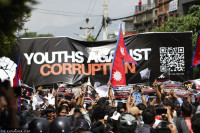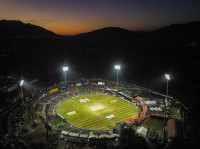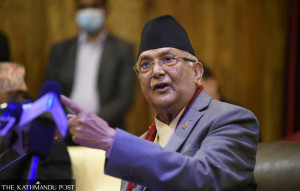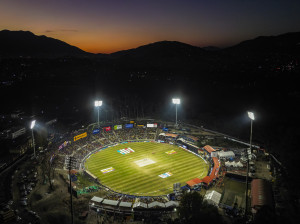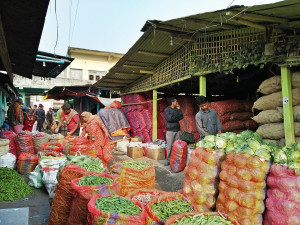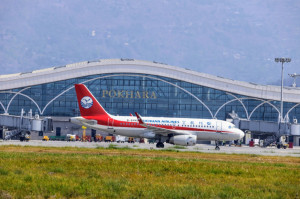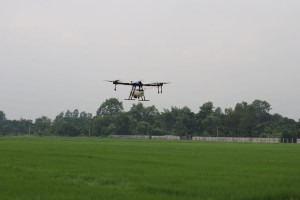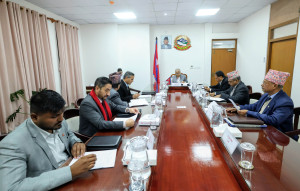Editorial
Nor any drop to drink
The authorities must spring into action before water contamination becomes a full blown crisis.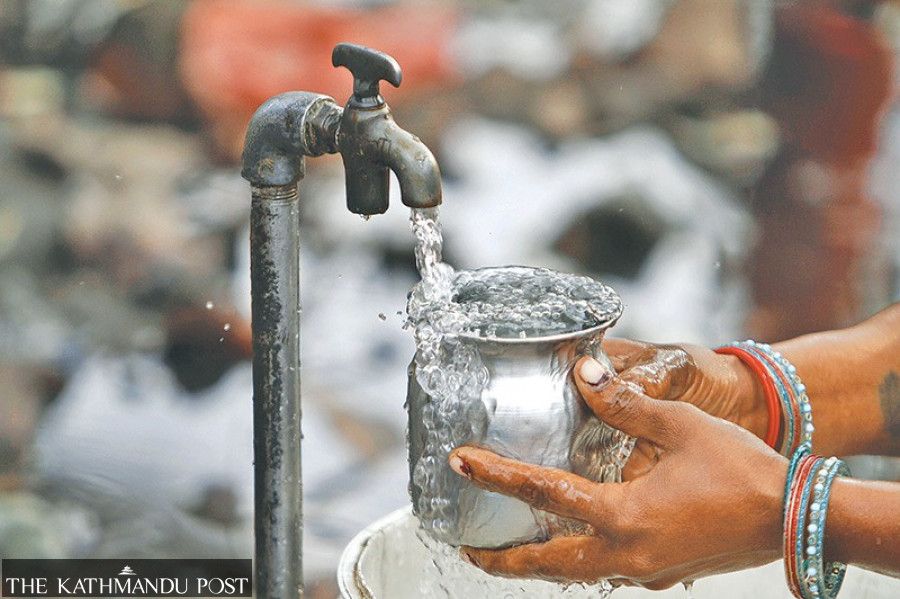
The Epidemiology and Disease Control Division has confirmed what we almost always knew: The water we drink is not safe. According to a recent finding of the division, nearly 70 percent of drinking water samples in Kathmandu Valley were contaminated with E coli and faecal coliform, the bacteria that cause cholera. That cholera has remained a chronic health emergency in rural parts of Nepal for the longest time is no news. But its presence in the water that the residents of the capital city drink should also not come as a surprise: Twelve people have tested positive for cholera in eight days since last Sunday in various places in Kathmandu Valley, and the number might rise in the days to come.
After all, we are a country where a significant portion of the population still defecates in the open, where garbage remains strewn on roadsides for weeks, and sewage water seeps through drinking water pipes. These are all causes for the contamination of water, and so we should not be surprised when we are faced with a cholera epidemic. This is the result of decades of negligence when it comes to protecting our natural resources, even the most fundamental of resources such as water. As American conservationist Rachel Carson wrote in her book Silent Spring, "In an age when man has forgotten his origins and is blind even to his most essential needs for survival, water along with other resources has become the victim of his indifference."
Carson was writing in 1962, a damning account of the chemical industry's contamination of water sources in the 20th century, much before talking about health and the environment became mainstream. Sixty years later, though, here in Nepal, we are fighting a problem that results from utter negligence about safeguarding our water resources. This shows how far we are from realising that access to clean drinking water is our fundamental right. But forget getting potable water, residents often find themselves struggling to get a single drop in their taps. Moreover, our failure to ensure enough drinking water through public water networks has led to the commodification of an element as essential as water. This exposes the poverty of thought that inflicts us.
We have been too slow in recognising and acting on the problem of clean and safe drinking water. We have contaminated the precious and even sacred resources that we need for our survival. This shows how careless we are about the most basic aspects that determine our existence. We are becoming increasingly cruel to our water resources, effectively turning our reservoirs into poison, putting the lives of fellow humans, animals, organisms and vegetation at risk all at once.
This is an enduring ordeal often overlooked by government officials. Every monsoon cycle, the problem repeats itself claiming many preventable deaths. There is a dual problem at play here. First, ensuring clean drinking water has proven to be a colossal task; and second, our fledgling healthcare system is almost never fully prepared to deal with any ensuing epidemic. Needless to say, the concerned authorities must spring into action before water contamination becomes a full blown crisis.




 10.12°C Kathmandu
10.12°C Kathmandu
